1. Branemark PI, Zarb GA, Albrektsson T. 1985. Tissueintegrated prostheses: Osseointegration in clinical dentistry. Quintessence;Chicago: p. 611–12. DOI:
10.1016/0022-3913(85)90460-3.
2. Wee AG, Aquilino SA, Schneider RL. 1999; Strategies to achieve fit in implant prosthodontics: a review of the literature. Int J Prosthodont. 12:167–78. PMID:
10371920.
3. Del'Acqua MA, Arioli-Filho JN, Compagnoni MA, Mollo Fde A Jr. 2008; Accuracy of impression and pouring techniques for an implant-supported prosthesis. Int J Oral Maxillofac Implants. 23:226–36. PMID:
18548918.
4. Del'Acqua MA, Chávez AM, Amaral AL, Compagnoni MA, Mollo Fde A Jr. 2010; Comparison of impression techniques and materials for an implant-supported prosthesis. Int J Oral Maxillofac Implants. 25:771–6. PMID:
20657873.
5. Wee AG, Schneider RL, Aquilino SA, Huff TL, Lindquist TJ, Williamson DL. 1998; Evaluation of the accuracy of solid implant casts. J Prosthodont. 7:161–9. DOI:
10.1111/j.1532-849X.1998.tb00199.x. PMID:
9807099.
7. Conrad HJ, Pesun IJ, DeLong R, Hodges JS. 2007; Accuracy of two impression techniques with angulated implants. J Prosthet Dent. 97:349–56. DOI:
10.1016/S0022-3913(07)60023-7. PMID:
17618917.
8. Wenz HJ, Hertrampf K. 2008; Accuracy of impressions and casts using different implant impression techniques in a multi-implant system with an internal hex connection. Int J Oral Maxillofac Implants. 23:39–47. PMID:
18416411.
9. Lee H, So JS, Hochstedler JL, Ercoli C. 2008; The accuracy of implant impressions: a systematic review. J Prosthet Dent. 100:285–91. DOI:
10.1016/S0022-3913(08)60208-5. PMID:
18922257.
10. Assuncao WG, Filho HG, Zaniquelli O. 2004; Evaluation of transfer impressions for osseointegrated implants at various angulations. Implant Dent. 13:358–66. DOI:
10.1097/01.id.0000144509.58901.f7. PMID:
15591998.
12. Beuer F, Schweiger J, Edelhoff D. 2008; Digital dentistry: an overview of recent developments for CAD/CAM generated restorations. Br Dent J. 204:505–11. DOI:
10.1038/sj.bdj.2008.350. PMID:
18469768.
13. Ender A, Mehl A. 2011; Full arch scans: conventional versus digital impressions-an in-vitro study. Int J Comput Dent. 14:11–21. PMID:
21657122.
14. Stimmelmayr M, Güth JF, Erdelt K, Edelhoff D, Beuer F. 2012; Digital evaluation of the reproducibility of implant scanbody fit-an in vitro study. Clin Oral Investig. 16:851–6. DOI:
10.1007/s00784-011-0564-5. PMID:
21647591.
16. Grossmann Y, Pasciuta M, Finger IM. 2006; A novel technique using a coded healing abutment for the fabrication of a CAD/CAM titanium abutment for an implant-supported restoration. J Prosthet Dent. 95:258–61. DOI:
10.1016/j.prosdent.2005.12.013. PMID:
16543025.
17. Fuster-Torres MA, Albalat-Estela S, Alcañiz-Raya M, Peñarrocha-Diago M. 2009; CAD/CAM dental systems in implant dentistry: update. Med Oral Patol Oral Cir Bucal. 14:E141–5. PMID:
19242395.
18. Kapos T, Ashy LM, Gallucci GO, Weber HP, Wismeijer D. 2009; Computer-aided design and computer-assisted manufacturing in prosthetic implant dentistry. Int J Oral Maxillofac Implants. 24:110–7. PMID:
19885438.
19. Nayyar N, Yilmaz B, McGlumphy E. 2013; Using digitally coded healing abutments and an intraoral scanner to fabricate implant-supported, cement-retained restorations. J Prosthet Dent. 109:210–5. DOI:
10.1016/S0022-3913(13)00073-5. PMID:
23566600.
20. Fluegge T, Att W, Metzger M, Nelson K. 2017; A novel method to evaluate precision of optical implant impressions with commercial scan bodies-an experimental approach. J Prosthodont. 26:34–41. DOI:
10.1111/jopr.12362. PMID:
26466158.
21. Ting-Shu S, Jian S. 2015; Intraoral digital impression technique: a review. J Prosthodont. 24:313–21. DOI:
10.1111/jopr.12218. PMID:
25220390.
22. Eliasson A, Ortorp A. 2012; The accuracy of an implant impression technique using digitally coded healing abutments. Clin Implant Dent Relat Res. 14(Suppl 1):e30–8. DOI:
10.1111/j.1708-8208.2011.00344.x. PMID:
21453396.
23. Ng SD, Tan KB, Teoh KH, Cheng AC, Nicholls JI. 2014; Three-dimensional accuracy of a digitally coded healing abutment implant impression system. Int J Oral Maxillofac Implants. 29:927–36. DOI:
10.11607/jomi.3433. PMID:
25032774.
24. Howell KJ, McGlumphy EA, Drago C, Knapik G. 2013; Comparison of the accuracy of Biomet 3i Encode robocast technology and conventional implant impression techniques. Int J Oral Maxillofac Implants. 28:228–40. DOI:
10.11607/jomi.2546. PMID:
23377070.
25. Al-Abdhullah K, Zandparsa R, Finkelman M, Hirayama H. 2013; An in vitro comparison of the accuracy of implant impressions with coded healing abutments and different implant angulations. J Prosthet Dent. 110:90–100. DOI:
10.1016/S0022-3913(13)60346-7. PMID:
23929370.
26. Moura RV, Kojima AN, Saraceni CHC, Bassolli L, Balducci I, Özcan M, Mesquita AMM. 2019; Evaluation of the accuracy of conventional and digital impression techniques for implant restorations. J Prosthodont. 28:e530–5. DOI:
10.1111/jopr.12799. PMID:
29717518.
27. Alexander Hazboun GB, Masri R, Romberg E, Kempler J, Driscoll CF. 2015; Effect of implant angulation and impression technique on impressions of NobelActive implants. J Prosthet Dent. 113:425–31. DOI:
10.1016/j.prosdent.2014.10.009. PMID:
25749089.
28. Papaspyridakos P, Gallucci GO, Chen CJ, Hanssen S, Naert I, Vandenberghe B. 2016; Digital versus conventional implant impressions for edentulous patients: accuracy outcomes. Clin Oral Implants Res. 27:465–72. DOI:
10.1111/clr.12567. PMID:
25682892.
29. Filho HG, Mazaro JV, Vedovatto E, Assunação WG, Dos Santos PH. 2009; Accuracy of impression techniques for implants. Part 2 - comparison of splinting techniques. 18:172–6. DOI:
10.1111/j.1532-849X.2008.00325.x. PMID:
19178624.
30. Amin S, Weber HP, Finkelman M, El Rafie K, Kudara Y, Papaspyridakos P. 2017; Digital vs. conventional full-arch implant impressions: a comparative study. 28:1360–7. DOI:
10.1111/clr.12994. PMID:
28039903.
31. Güth JF, Keul C, Stimmelmayr M, Beuer F, Edelhoff D. 2013; Accuracy of digital models obtained by direct and indirect data capturing. Clin Oral Investig. 17:1201–8. DOI:
10.1007/s00784-012-0795-0. PMID:
22847854.
32. Jemt T, Hjalmarsson L. 2012; In vitro measurements of precision of fit of implant-supported frameworks. A comparison between "virtual" and "physical" assessments of fit using two different techniques of measurements. Clin Implant Dent Relat Res. 14(Suppl 1):e175–82. DOI:
10.1111/j.1708-8208.2011.00416.x. PMID:
22171700.
33. Giménez B, Özcan M, Martínez-Rus F, Pradíes G. 2014; Accuracy of a digital impression system based on parallel confocal laser technology for implants with consideration of operator experience and implant angulation and depth. Int J Oral Maxillofac Implants. 29:853–62. DOI:
10.11607/jomi.3343. PMID:
25032765.
34. Srinivasan M, Cantin Y, Mehl A, Gjengedal H, Muller F, Schimmel M. 2017; CAD/CAM milled removable complete dentures: an in vitro evaluation of trueness. Clin Oral Investig. 21:2007–19. DOI:
10.1007/s00784-016-1989-7. PMID:
27826696.
35. Kim CM, Kim SR, Kim JH, Kim HY, Kim WC. 2016; Trueness of milled prostheses according to number of ball-end mill burs. J Prosthet Dent. 115:624–9. DOI:
10.1016/j.prosdent.2015.10.014. PMID:
26774318.
36. Matta RE, Adler W, Wichmann M, Heckmann SM. 2017; Accuracy of impression scanning compared with stone casts of implant impressions. J Prosthet Dent. 117:507–12. DOI:
10.1016/j.prosdent.2016.07.026. PMID:
27881327.
37. Abduo J, Chen C, Le Breton E, Radu A, Szeto J, Judge R, Darby I. 2017; The effect of coded healing abutments on treatment duration and clinical outcome: a randomized controlled clinical trial comparing encode and conventional impression protocols. Int J Oral Maxillofac Implants. 32:1172–9. DOI:
10.11607/jomi.5386. PMID:
28334055.
38. Mahn DH, Prestipino T. 2013; CAD/CAM implant abutments using coded healing abutments: a detailed description of the restorative process. Compend Contin Educ Dent. 34:612–5.
39. Telleman G, Raghoebar GM, Vissink A, Meijer HJ. 2011; The use of a coded healing abutment as an impression coping to design and mill an individualized anatomic abutment: a clinical report. J Prosthet Dent. 105:282–5. DOI:
10.1016/S0022-3913(11)00056-4.
40. Dhima M. 2014; Correction of bone and softtissue deformity of the single implant in the aesthetic zone: a case treated with alveolar ridge preservation, modified roll technique and a digitally coded healing abutment. Eur J Prosthodont Restor Dent. 22:51–5. PMID:
25134361.
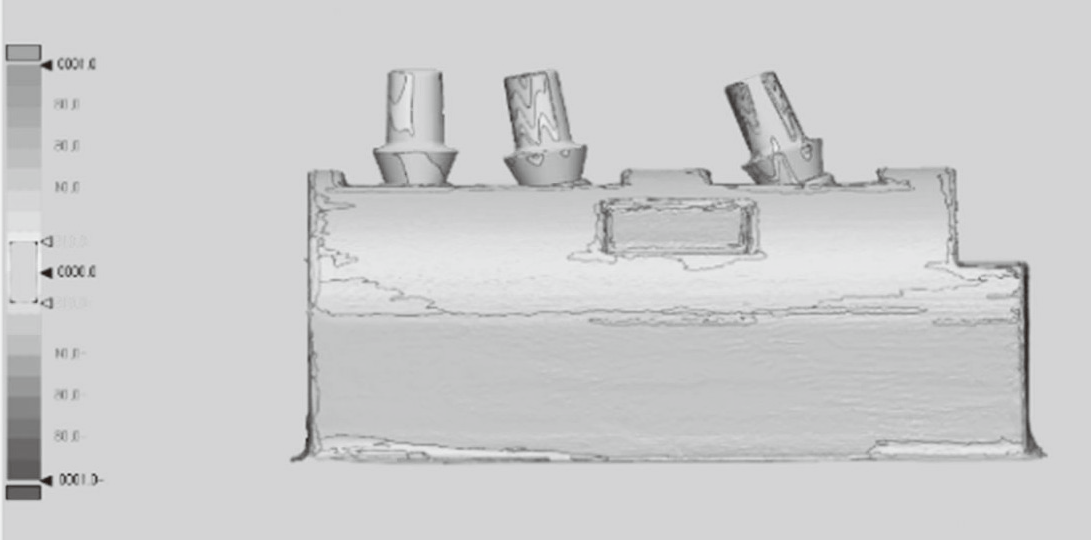




 PDF
PDF Citation
Citation Print
Print



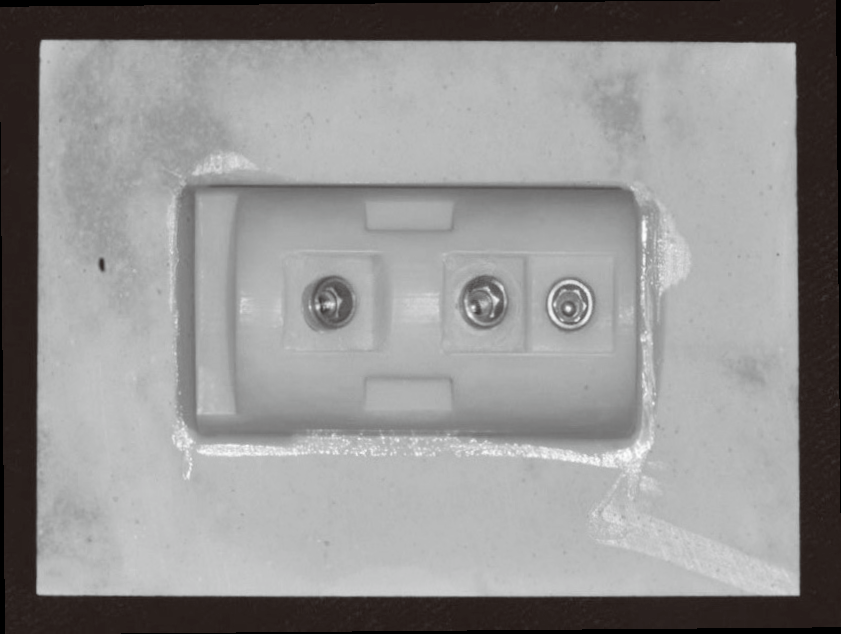
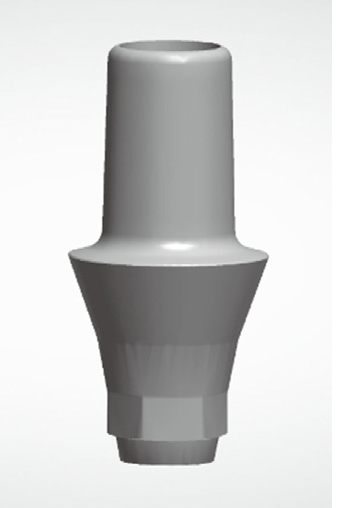
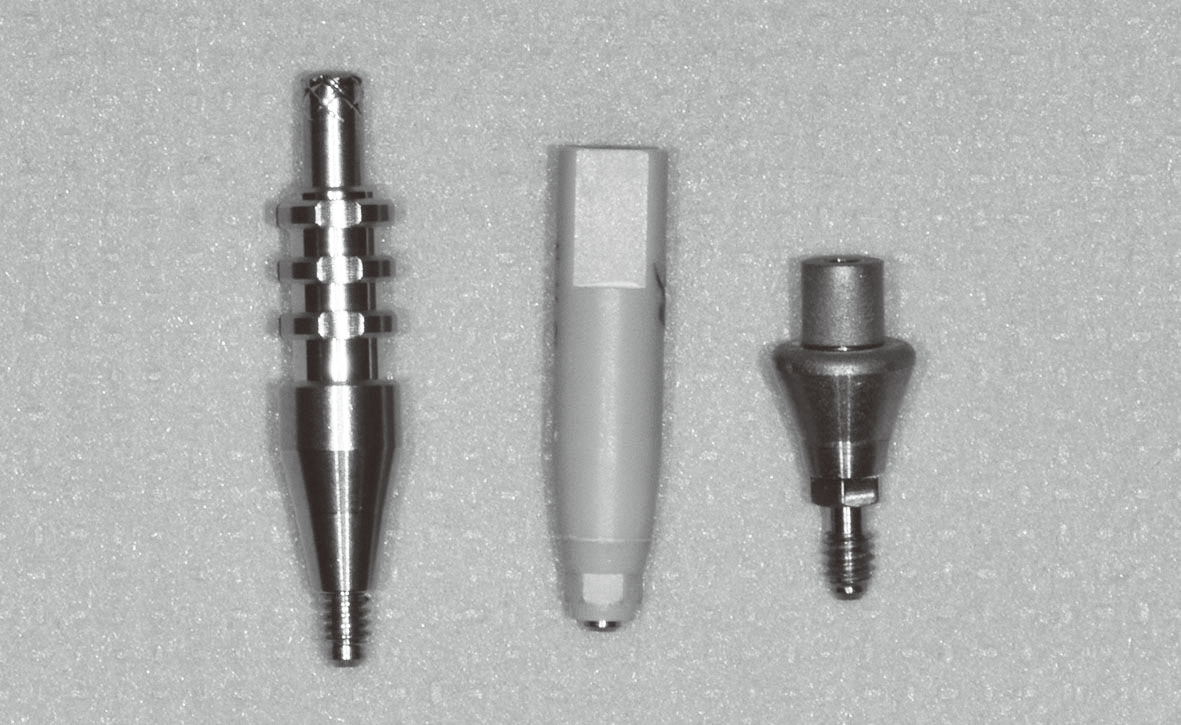
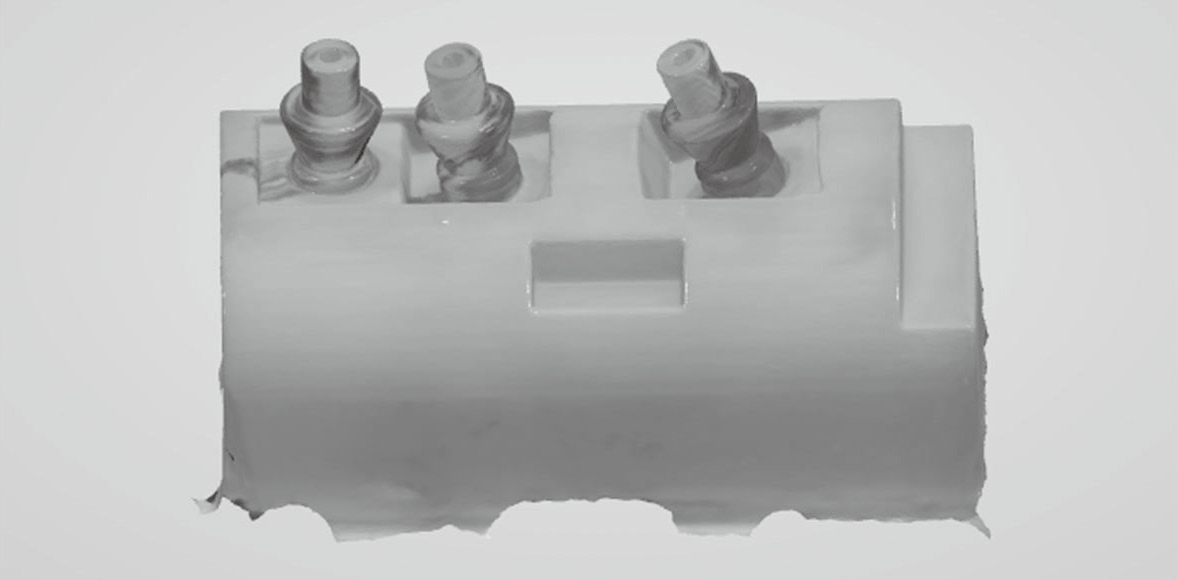

 XML Download
XML Download